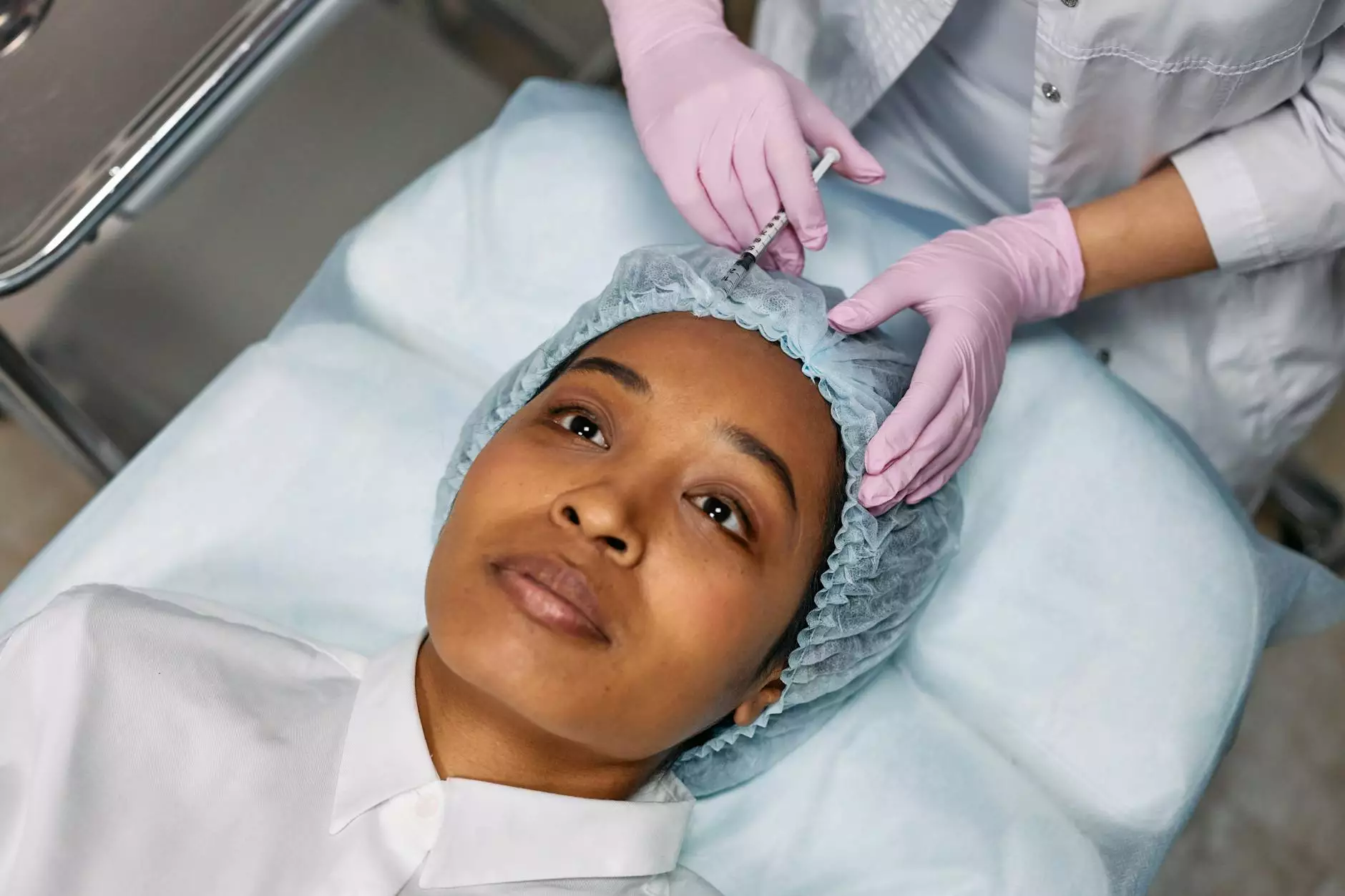Laparoscopic Unilateral Oophorectomy: Understanding the Procedure and Its Benefits

Laparoscopic unilateral oophorectomy is a minimally invasive surgical procedure that involves the removal of one ovary. This technique offers significant advantages over traditional open surgery, including reduced recovery time, less post-operative pain, and minimal scarring. In this comprehensive article, we will delve into the intricacies of this procedure, highlighting its benefits, risks, and considerations for prospective patients.
What is Laparoscopic Unilateral Oophorectomy?
The term "laparoscopic unilateral oophorectomy" combines several important concepts. 'Laparoscopic' refers to a surgical method that utilizes small incisions and a camera (laparoscope) to guide the surgery. 'Unilateral' signifies that only one ovary is being removed, and 'oophorectomy' is the surgical excision of an ovary. This procedure is commonly performed to address various medical conditions affecting the ovaries, such as:
- Ovarian cysts: Fluid-filled sacs that can cause pain and other symptoms.
- Endometriosis: A condition where tissue similar to the lining of the uterus grows outside of it.
- Ovarian tumors: Both benign and malignant tumors can warrant surgical intervention.
- Adnexal masses: Abnormal growths involving the ovary and fallopian tube.
Why Choose Laparoscopic Method?
The laparoscopic technique has surged in popularity due to its numerous advantages over traditional open surgery:
- Minimally invasive: With only small incisions (typically around 0.5-1.5 cm), there is less tissue damage.
- Reduced recovery time: Most patients return to normal activities within a week, compared to several weeks for open surgery.
- Less pain: Laparoscopic procedures generally result in less post-operative pain, leading to lower requirements for pain management.
- Minimal scarring: The small incisions lead to negligible scarring, which is a significant aesthetic benefit.
- Shorter hospital stays: Many laparoscopic surgeries are performed on an outpatient basis.
Preparation for Laparoscopic Unilateral Oophorectomy
Before undergoing a laparoscopic unilateral oophorectomy, patients must go through a comprehensive evaluation that typically includes:
- Medical history review: Discuss any existing medical conditions and medications with your healthcare provider.
- Physical examination: A thorough examination to assess overall health.
- Diagnostic imaging: Ultrasounds or CT scans may be ordered to evaluate the condition of the ovaries.
- Blood tests: To check for any underlying conditions that may affect surgery.
The Surgical Procedure
The actual procedure for a laparoscopic unilateral oophorectomy typically follows several key steps:
- Anesthesia: The patient will receive general anesthesia, ensuring they are unconscious and comfortable throughout the surgery.
- Incision and insertion: A small incision is made near the navel, and carbon dioxide gas is introduced to inflate the abdomen for better visibility.
- Placement of instruments: Additional small incisions may be made to insert the laparoscope and surgical instruments.
- Ovary removal: The affected ovary is carefully dissected from surrounding tissue and removed.
- Closure: The incisions are closed with sutures or adhesive strips, and the procedure is concluded.
Post-Operative Care and Recovery
Recovery from a laparoscopic unilateral oophorectomy is rapid for most patients. However, certain care instructions should be followed for optimal healing:
- Rest: Patients are encouraged to take it easy for the first few days post-surgery.
- Pain management: Over-the-counter pain relievers are often sufficient for post-operative discomfort.
- Activity level: Gradually return to normal activities but avoid strenuous exercise for at least a couple of weeks.
- Follow-up appointments: These are essential for monitoring healing and ensuring no complications arise.
Benefits of Laparoscopic Unilateral Oophorectomy
Undergoing a laparoscopic unilateral oophorectomy presents several health benefits:
- Improved quality of life: By resolving underlying issues, the procedure alleviates pain and discomfort.
- Fertility considerations: For many women, having one healthy ovary allows for continued fertility.
- Prevention of further complications: Timely removal of problematic ovaries can prevent more serious health issues in the future.
- Psychological benefits: Relief from chronic pain may also improve mental health and overall wellbeing.
Risks and Considerations
Like all surgical procedures, laparoscopic unilateral oophorectomy carries certain risks, including:
- Infection: As with any surgery, there is a risk of infection at the incision sites.
- Bleeding: Unhealthy bleeding may occur during or after the procedure.
- Injury to surrounding organs: Due to the proximity of organs in the pelvic region, there is a rare chance of accidental injury during surgery.
- Anesthesia complications: Some individuals may have adverse reactions to anesthesia.
It is essential for patients to discuss these risks with their healthcare provider to make an informed decision.
Who Should Consider a Laparoscopic Unilateral Oophorectomy?
A laparoscopic unilateral oophorectomy may be recommended for women experiencing:
- Severe pelvic pain due to ovarian cysts or endometriosis.
- Presence of masses or tumors detected during imaging studies.
- Menstrual irregularities tied to ovarian dysfunction.
- Previous unsuccessful treatments for ovarian-related issues.
Conclusion
In summary, a laparoscopic unilateral oophorectomy is a valuable surgical option for women faced with various ovarian conditions. The combination of minimal invasiveness, reduced recovery time, and significant physical and psychological benefits makes this procedure a preferable choice for many. As always, individual considerations and thorough consultations with healthcare providers are imperative to ensure the best outcomes for women’s health.
For more information on laparoscopic unilateral oophorectomy and other women’s health services, visit drseckin.com.









